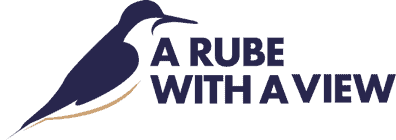As I stare out over a wave-tossed sea, shrouded in mist, I wrestle with contrasting feelings of sorrow for leaving the bay and the thrill of going home after nearly three weeks of hard work, perennial tiredness, hunger, and a mixed-up emotion of a job well done that nevertheless remains undone. Most of the shorebirds have left the bay and are winging their way to James Bay, ultimately to their Arctic homeland. The shorebird team members have all left, while the egg team will continue surveying eggs until mid-June. We will keep up surveillance through the resighting team led by Bill Pitts and Theo Diehl.
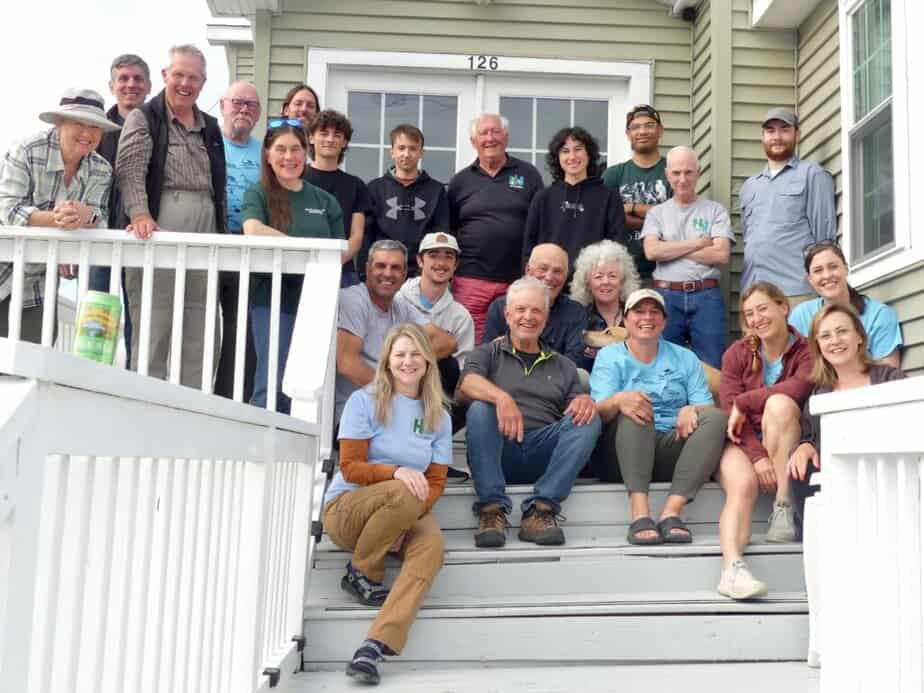
Members of the 2025 shorebird and horseshoe crab project. From the bottom left Susan Linder, Charles Duncan, Lisa Karcher, Stephanie Feigin, , Philippe Sitters, Alinde Fotjik, Amanda Dey, Larry Niles, Luca Sheldon, Antonio Brum, Gwen Binsfeld, Jay Bolden, Humphrey Stitters, Gerry Binsfeld, Susan Moody, Theo Diehl, Chris Buondonno, Connor Darlington, Peter Fuligar, Juntine Torres, Jason Allen-Roomet, Ren Monte Jared Altomare, Joanna Burger, MIke Gochfeld and John Bloomfield are missing. Photo by Charles Duncan.
Humphrey Sitters and I did a final recci on May 29th and found about 5000-6000 knots still on the beaches from Reeds to Norburys, but a subsequent survey on May 30 found only 600 knots, 1800 ruddy turnstones marking the end of the stopover. The horseshoe crab spawn which started so promising ended poorly . Egg cluster densities were down significantly a combination of not enough horseshoe crabs ( too much killing) and cool May weather.

These histograms show four weeks of horseshoe crab egg data for 2025 and compares it to the same from 2022 to 2024 showing egg clusters down for all weeks this month.
Our last catch on May 26th of 64 knots, 30 Turnstones, and 30 sanderlings told of the impact to the birds trying to gain weight. At the start, shorebirds, including the red knot, gained weight at a greater rate than the average for the last 28 years, but they lost that edge by week three and ended up leaving with only about 40% of the flock reaching 180 grams, a key metric for the project. As you can see from the images below, the bird’s weight gain stalled as they approached departure, and barely 40% made it out of the stopover in good condition.
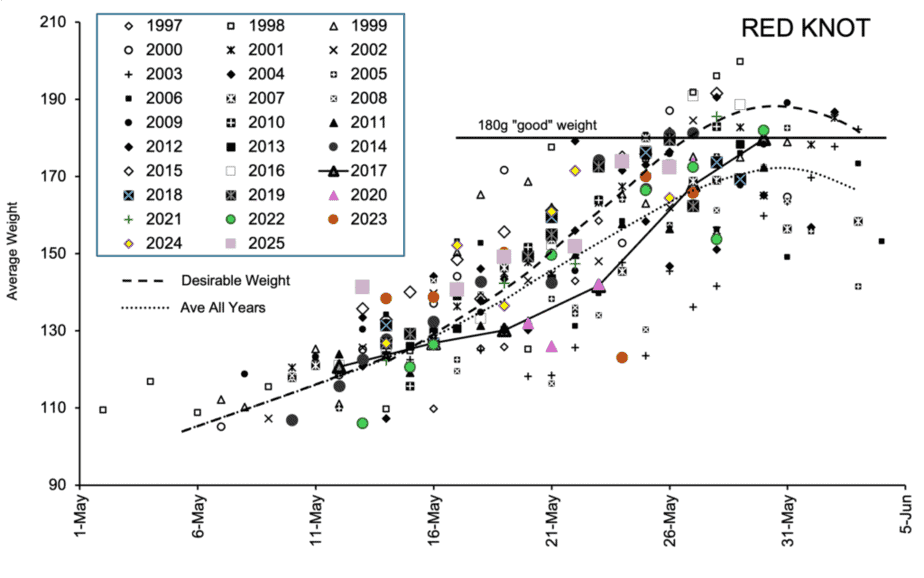
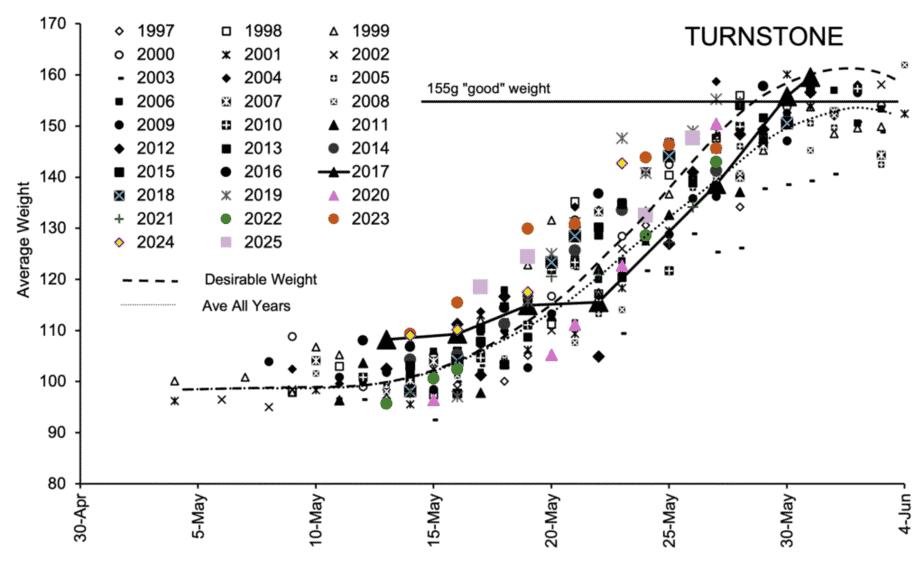
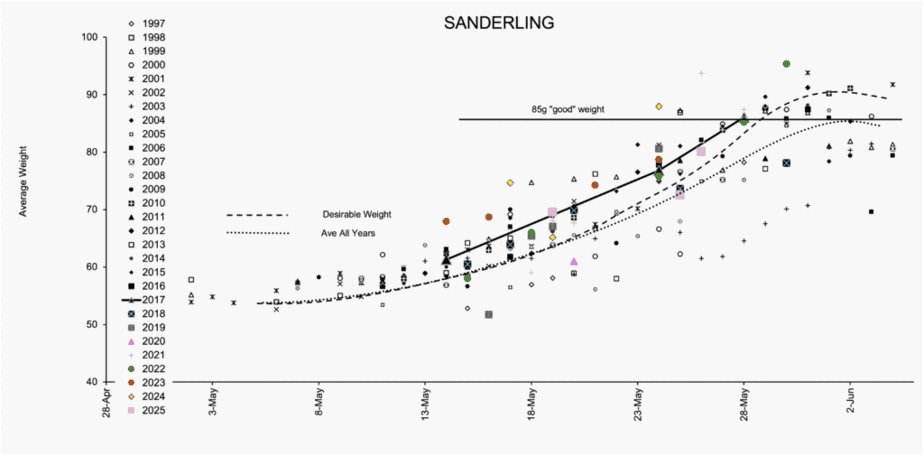
These busy graphs show all our red knot, ruddy turnstone and sanderling average wts from all catches made from 1997 -2025. This year started well but as egg densities diminished the birds barely gained weight.
After nearly two decades of agency inaction, half measures and data manipulation that gives the industries making money from killing horseshoe crabs the upper hand, this year may be showing us real change, both good and bad. It’s challenging to identify trends in the noisy data, and it’s even harder to discern them while we’re still collecting data; however, a broad picture is apparent.
First the good. We caught, banded, radio-tagged, and sampled all the red knots, ruddy turnstones, and sanderlings needed to continue the assessment of status and condition. We conducted two baywide counts of birds and were religious about daily recce’s, giving both a long-term and day-by-day understanding of how shorebirds used the bay habitats. This is crucial for our ongoing research on shorebird movements and status assessment, and also supports our beach and marsh restoration efforts, providing us with a better understanding of the birds’ and crabs’ preferences. For example, next winter we hope to restore Kimbles and Baycove beaches, and our survey this year proved valuable in determining where sand is best placed for the maximum benefit.

Team removing birds from a catch on Moore Beach . Around the net from right Gwen Binsfeld, Alinde Fotjik, Antonio Brum, Larry Niles, Charles Duncan and Stephanie Feigin, Ren Monte, Amanda Dey and Humphrey Sitters. Photo by J. Burger
We also sampled nearly all the birds we caught for Avian Influenza, a brewing and potentially lethal epidemic popping up around the country. Lisa Karcher from St. Jude’s Hospital, a powerhouse of avian flu investigation, suspects H5N1 in gulls on the bay, a result that could reshape our work.
We instrumented 10 birds with satellite tags, thereby significantly enhancing our understanding of the habitats that are important in and around the bay. This year we will use this data to determine the key locations in the bay where birds feed and roost, particularly night roosts. Below are the maps of four birds instrumented this year. The fifth map shows the places where knots roost at night. ( all maps by Theo Diehl)
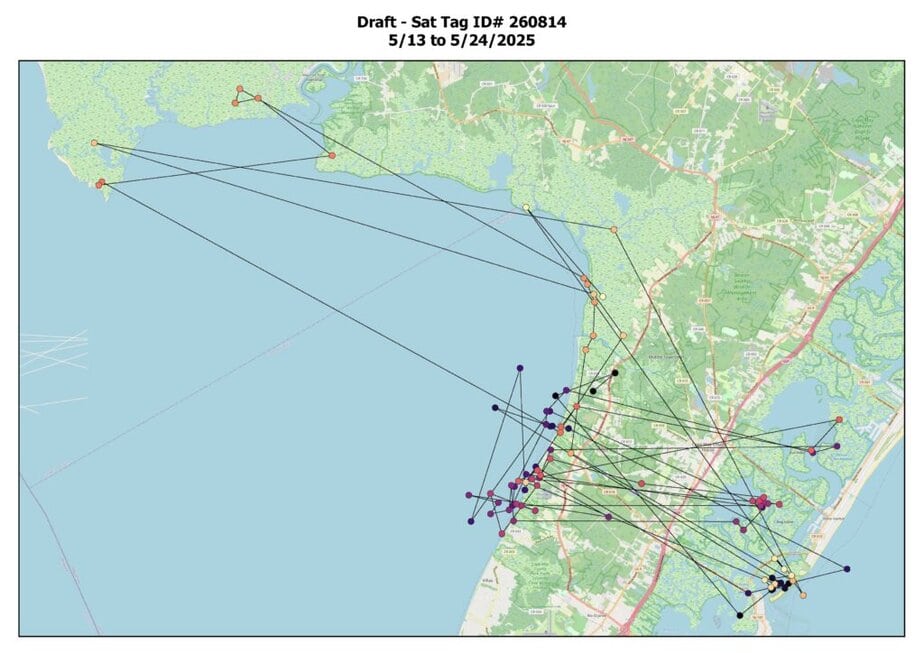
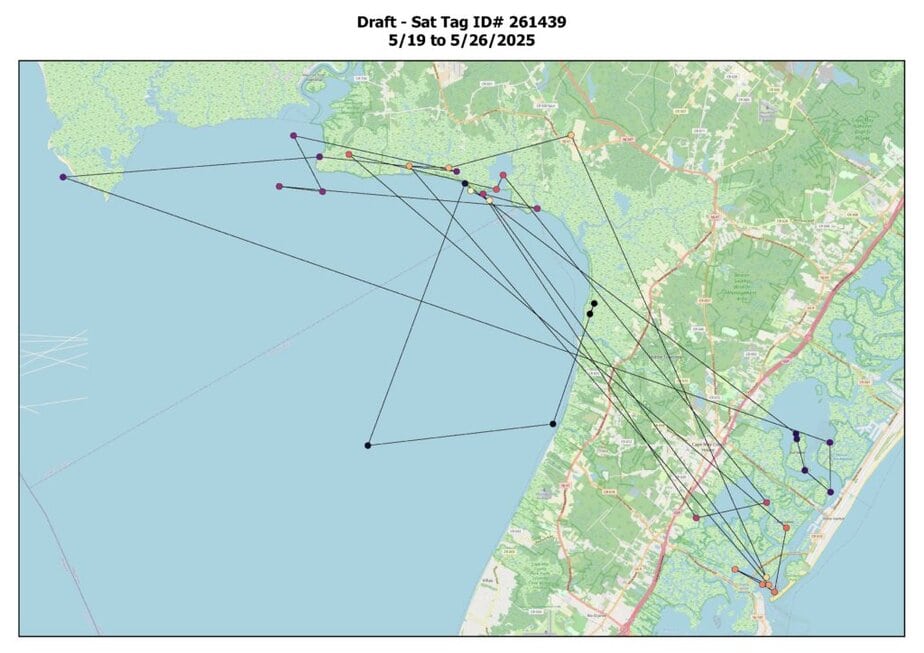



The bad news is both serious and uncertain. Once again, cold winds swept the bay, reducing spawning activity at times to a trickle. And it seems that it is not a random encounter, but rather a potential change in the weather. Cold water interrupted the crab spawn in three of the last 6 years and the number of cold water days in the bay during May is increasing overall. It may be a counterintuitive impact of climate change.
The cause might be the slowing of the mighty Gulf Stream because of the long-predicted collapse of the North Atlantic Oscillation. The Gulf Stream is part of a worldwide river of ocean currents driven by warm water flowing north from the equator that gradually becomes more saline as the warm waters evaporate. Water dense with salt will fall through ocean water of normal salinity starting a current that heads south along the coasts of Europe and North Africa eventually turning west towards Brazil and the Gulf Stream. It is a kind of global perpetual motion machine that we are wrecking as global warming melts Arctic ice, releasing huge volumes of freshwater into the stream. This dilutes the hyper-saline currents, eventually shutting them down. If and when it does, Ireland will become Siberia, and weather in mid-Atlantic will change dramatically. Climate scientists predict the slowing of the Gulf Stream will cause more frequent and more intense nor’easters like this year, when we experienced sustained east winds of over 20 knots for days. The windstorms pushed cold Atlantic water into the bay, chilling it and forcing water temperatures lower while also slowing spawning. As the nor’easters passed, strong westerly winds shut down spawning altogether. I fear this pattern will become more apparent in the coming years.
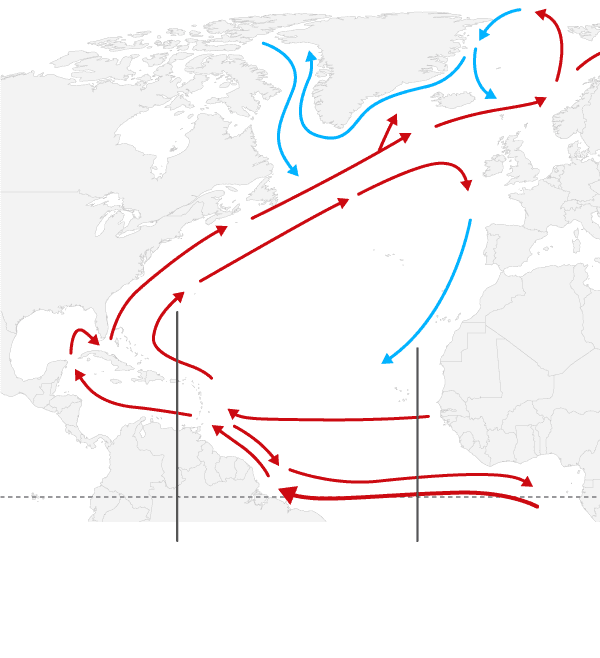
The Atlantic Meridional Overturning Circulation is weakening and has collapsed in the distant past. From the Guardian
Don’t believe fishery scientists who say that nothing can be done because it is climate change. Actually, the solution is simple: Stop killing horseshoe crabs for bait when both targets, eel and whelk, are in decline. And stop draining and killing crabs for blood when a synthetic alternative is just as effective and competitive in price. The threat of a changing climate to the Delaware Bay ecosystem can be erased with more horseshoe crabs spawning when weather is suitable and building egg resources in the sand to be available during windstorms.
I have tried to recognize the many volunteers who have helped make this project a success for 29 years. We have volunteers like Jay Bolden, Susan Moody, Ren Monte and Peter Fullagar, who come to help us trap and work on birds, we have the many shorebird stewards like Erica Garfickle and Barbara Bennett helping to protect the birds and crabs at places where visitors can view them safely, and we have our beloved cooks like Karla and Julian, Jane and Pete and Fern and Dian and who bring us beautiful home-cooked dinners every night.
However, one group is particularly difficult to recognize because it only emerges at night. ReTURN the Favor volunteers overturn horseshoe crabs defeated by waves or release them from bulkheads or stone works. One night we returned from dinner and saw dancing lights on the beach in front of our house on Reeds. Volunteers! So, Mandy and I went out to greet them. You can imagine their wariness when encountering two strangers in the dark. I took their picture for this blog, but Abe and Linda Littenberg were suspicious of us, so I didn’t plan to use their photo. However, I met Abe again with Lenore Tedesco, the director of the Wetlands Institute, at a Citizens United event last Friday, and they gave me the go-ahead. Thank you, Abe, Linda, and all ReTURN the Favor rescuers.
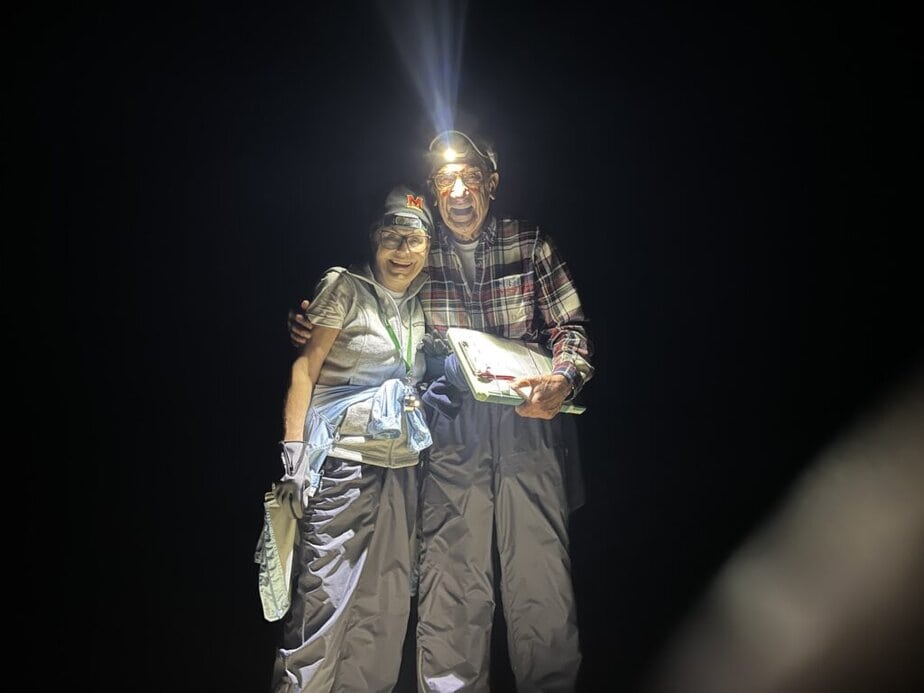
Abe and Linda Littenberg out on Reeds Beach saving horseshoe crabs
I speak for all our teams and volunteers who find pleasure and meaning in helping birds and crabs make it through the gauntlet of stormy weather, crazy tides, impetuous visitors, and the occasional villainous killers by offering thanks for the opportunity to do good in these times of an uncertain future. For all those who wish to do more, please join or contribute to:
Citizens United to Protect the Maurice River Shorebird Cooks
Wetlands Institute ReTURN the Favor program
American Littoral Society Horseshoe Crab Tagging
Conserve Wildlife Foundation of NJ Shorebird Stewards
NJ Audubon’s Shorebird and Horseshoe Crab Project
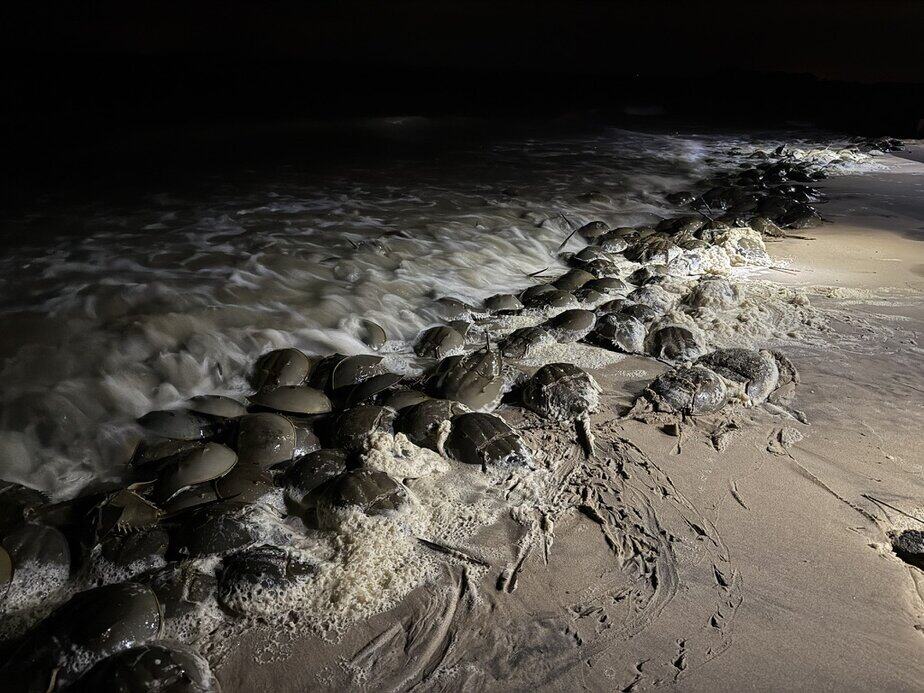
Crabs on Reeds Beach, photo by S. Feigin
Or lead your group to become a member of the Horseshoe Crab Recovery Coalition and join the fight to stop the wasteful killing of horseshoe crabs
This project is only possible because of the National Fish and Wildlife Foundation’s Erin Lewis, Scott Hall, and Amanda Bassow. We thank Alex Ireland and NJ Audubon for hosting our project. Thanks to NJ Division of Fish and Wildlife’s Kathy Clark and Bill Pitts for protection and coordination. Thanks to the American Littoral Society, which leads the egg survey with funds from the NJ Division of Fish and Wildlife. The Canadian Wildlife Service provided satellite transmitters as part of a project to outline Arctic breeding areas.
